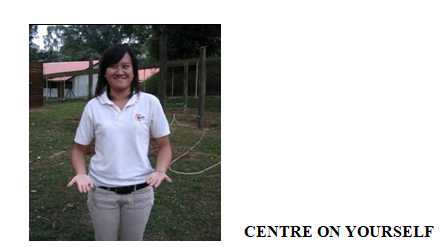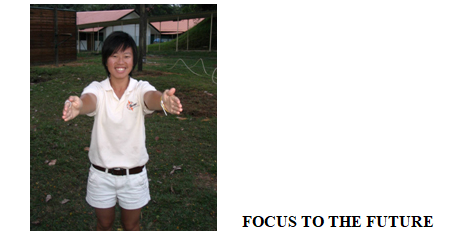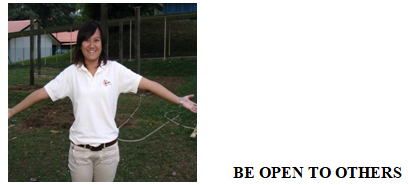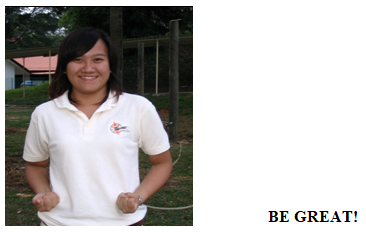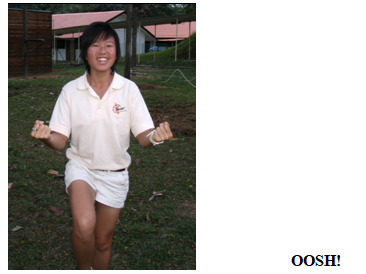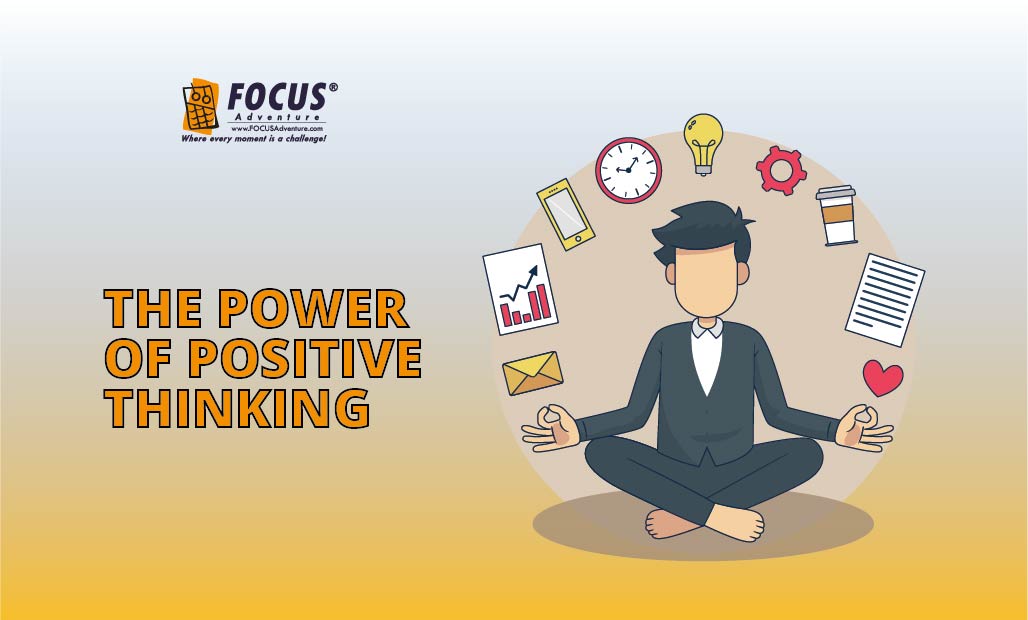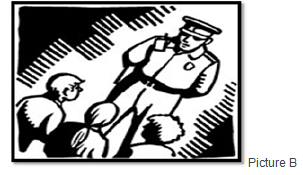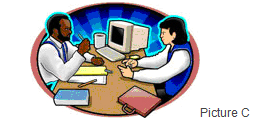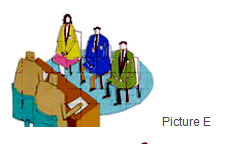All of us will be required to write at the workplace setting; some of us more than others. In our respective capacity, we would still probably have to write to the following people: Client / Boss of Client / Your colleagues and/or Your boss.
Is your writing commended for its clarity; or do you often get emails or verbal memos requesting for clarification because of your writing? If it’s the latter, fret not. You CAN excel in workplace writing! Next time, before you write any email or letter or any form of correspondence, remember to regard your piece of writing as an important piece of information or knowledge which will help the recipient achieve his or her target. Then we will have a higher tendency to write purposefully.
Having studied writing and having taught workplace communication and academic writing to young adults in the National University of Singapore, I have gleaned several important lessons that will benefit any busy executive, sales coordinator, Project Managers and anybody who wants to write better.
The 1A + 4Cs
I have distilled successful workplace communication to this ‘formula.’ This is not exactly a formula per se; it is more of a memory tool.
A is for AUDIENCE!
Who are you writing for? This is the fundamental question which should not be taken for granted. If we are clear and very specific about whom our audience is, then we will be sure also of the following:
– Whether we can be formal or informal (‘can I use slang?’)
– Concise or detailed (‘how much to say?’)
– Technical, specialised or general (‘how much technical jargon?’)
– What’s your Style guide
– What’s your purpose
– The Choice of words (vocabulary)
If we have the audience in mind, then we will be also able to put ourselves in their shoes by knowing their needs. For example, if they intend to participate in an outdoor activity in the warm afternoon, knowing your audience will mean that you will prepare a list of useful advice: wear light clothing, to apply sun block lotion, drink more water, and so on. In this way, we are creating rapport with them.
The 4Cs
The first C – Keep It Clear!
Write clearly so that your reader knows what you are trying to say. Unless there is a very good reason to be vague, our writing must first be clear. Fulfil the objective(s) and that’s it. Albert Einstein once said that ‘any fool can make things bigger, more complex, and more violent. It takes a touch of genius-and a lot of courage-to move in the opposite direction’.
Have the basic three:
– Start with the introduction and objective;
– explain the rationale or highlight the details;
– End off with an appropriate conclusion.
Nothing is ever so complicated than this.
Simple Vocabulary
Clarity is also maintained by having simple vocabulary, which steers clear of technical jargon (unless there is a very good reason to include some specific technical terms).
Consider this: “The exigencies arising out of the temporary indisposition of my better half and the consequential exercises embarked upon by me with a view to summon medical assistance to relieve her of her distress.”
Simplified, the above actually means “My wife was sick and I had to call the doctor”.
The classical wordsmith, C.S. Lewis, says “Don’t use words too big for the subject. Don’t say ‘infinitely’ when you mean ‘very’; otherwise you’ll have no word left when you want to talk about something really infinite”.
The Second C – Keep it Courteous
With a lot of your patience in vetting the content, ensure that the language is polite and non-discriminatory: in gender, view or opinion. Sometimes, we may even have to reply to unreasonable requests or simply replying to a rude person’s email. In these situations, we can still maintain courtesy by stating facts and objective viewpoints or explaining and re-explaining the rationale. Courtesy is the fire extinguisher that douses fiery situations.
The Third C – Keep it Concise
We are not writing a narrative (although there is a place for it) so just include only essential information. For this reason, all sentence structures should be short and clear. Conciseness usually comes with Clarity.
Compare the following:
1) The hurricane had the effect of a destructive force on the manufacturing plant.
2) The hurricane destroyed the manufacturing plant.
I’m sure you will agree with me that (ii) is more accurate and to the point, which is what conciseness is all about.
The Fourth C – Keep it correct!
If you find it challenging to keep to the first 3 Cs, then this one must be adhered to strictly! Nothing is ever so damning on your future prospects than getting your facts wrong all the time. For this reason, all organisations, no matter how lean and mean they are, keep minutes of meeting (MoM) in hard and soft copies. So, one way to verify and clarify is via the Minutes of Meeting before you click ‘send’ on your computer, which will seal your ‘fate.’ We have all heard of horror stories where some misunderstood content was circulated amongst the office staff: Good for an afternoon of gossip; but at the expense of the misunderstood person or persons.
The following should be practised, and often:
– Ensure the content is factual.
– Proofread the document for any spelling and grammatical mistakes. (better still, ask someone whom you trust to vet)
– Ensure the layout is correct.
On point 2, even punctuations can make a lot of difference in the meaning. Look at the example below as a case in point:
1) The employee, said the boss, is crazy
2) The employee said the boss is crazy
With the omission of two tiny and seemingly insignificant symbols, the one who is ‘crazy’ has changed.
Effective written communication is not only a necessary function which is attached to every job role, it is an essential one which will help realise your Current Estimate Potential (CEP) at your respective workplace. Think about it for a while – employers will only trust employees who can manage information accurately and effectively; one that brings in the clients and profits.
Follow the 1A+4Cs formula and you will see yourself increasing your professional credibility at your workplace!

